What Provides More Golfing Excitement: A Drivable Par 4 Or A Reachable Par 5?
The drivable par 4 is golf’s one-off chance for glory, but does it trump a reachable par 5? Two of our writers disagree...
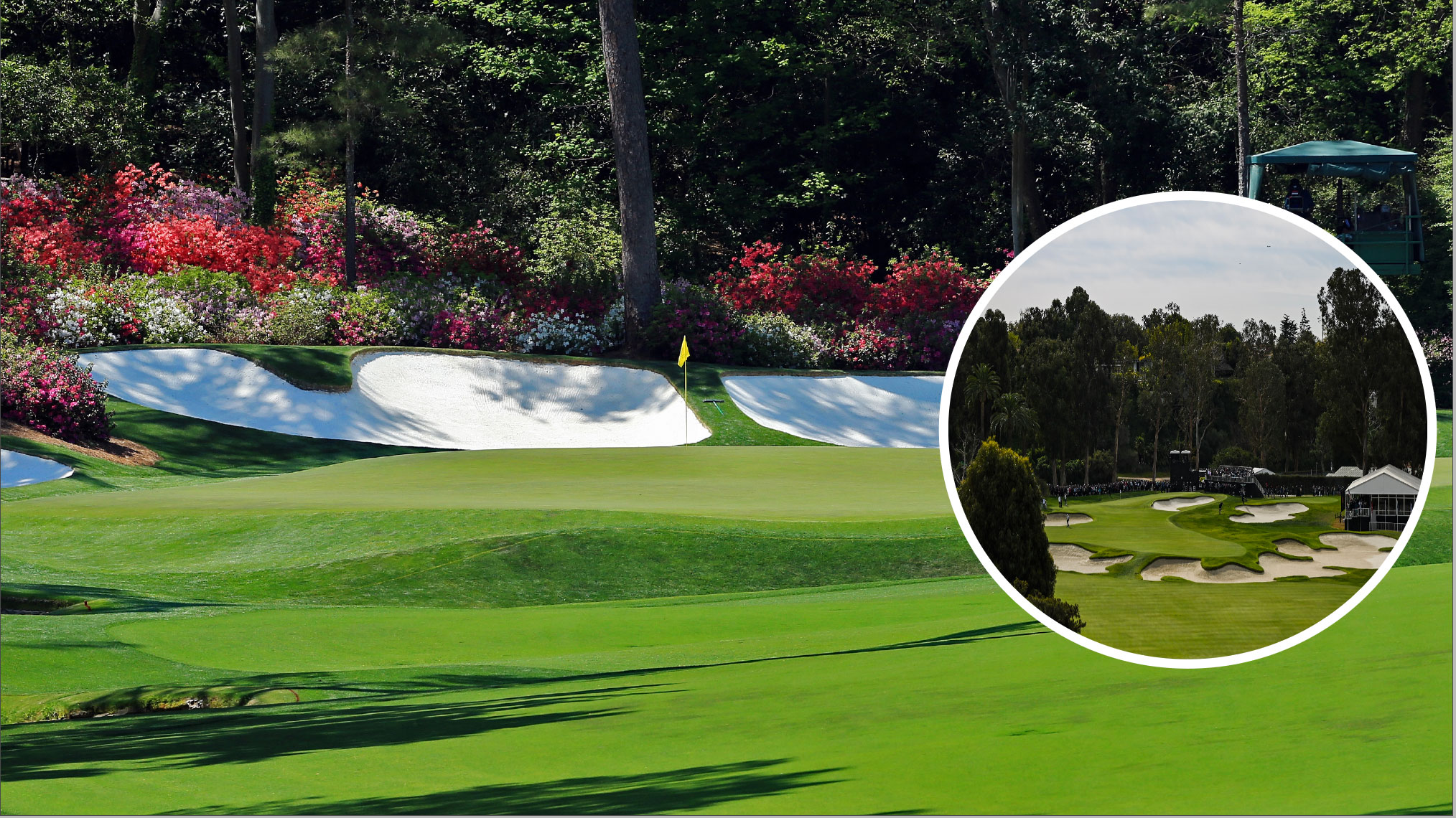
When many of us get a scorecard in our hands, the first thing we do is see how long the par 5s are and check if there are any reachable par 4s. Holes like the 13th at Augusta National and the 18th at St Andrews are iconic, but offer different experiences (for those lucky enough to play them!)
Some 65% of those who responded to a Golf Monthly X poll said they prefer a reachable par 5, but it's a debate that's often had in clubhouses around the world.
Below, Fergus Bisset and Jeremy Ellwood put their points of view across...
Reachable Par 5 – Says Fergus Bisset
Shorter par 5s stand out on a scorecard. When I take a first glance down at the pars and yardages at any course, par 5s measuring around the 500-yard mark are what get me excited. Those are the holes that will offer a chance to push on, or to recover shots that might have been frittered away. For me, a reachable par 5 screams opportunity. Find the green in two and putt for eagle!
Of course, a drivable par 4 also offers a chance to reach the putting surface in a shot under regulation, but, far more than a reachable par 5, they tend to be severely risk-and-reward holes.
Often the short par 4 will be incredibly well protected if you choose to take it on – a small green surrounded by bunkers, water, out of bounds or punishing rough. You might well enjoy the glory of smacking a drive on to the surface one time in ten, but the other nine times you’ll be left in a sticky situation, struggling to save par let alone having a chance for birdie.
The reachable par 5 will very often require not only strong hitting but also careful strategy. You may have the firepower to find the putting surface in two blows, but only if you position your tee shot in the correct place. More often than not, finding the short grass will be crucial to success. You might decide to bomb the driver to leave yourself a shorter approach with an iron, but maybe two 3-woods would be the best policy for getting the job done.
Get the Golf Monthly Newsletter
Subscribe to the Golf Monthly newsletter to stay up to date with all the latest tour news, equipment news, reviews, head-to-heads and buyer’s guides from our team of experienced experts.
A drivable par 4 offers a thrilling one-shot chance for death or glory, but there’s much more to a reachable par 5. You can find the putting surface in two via various routes using a strategic approach. It’s the reachable par 5 that has the ability to turn your round back in the right direction.
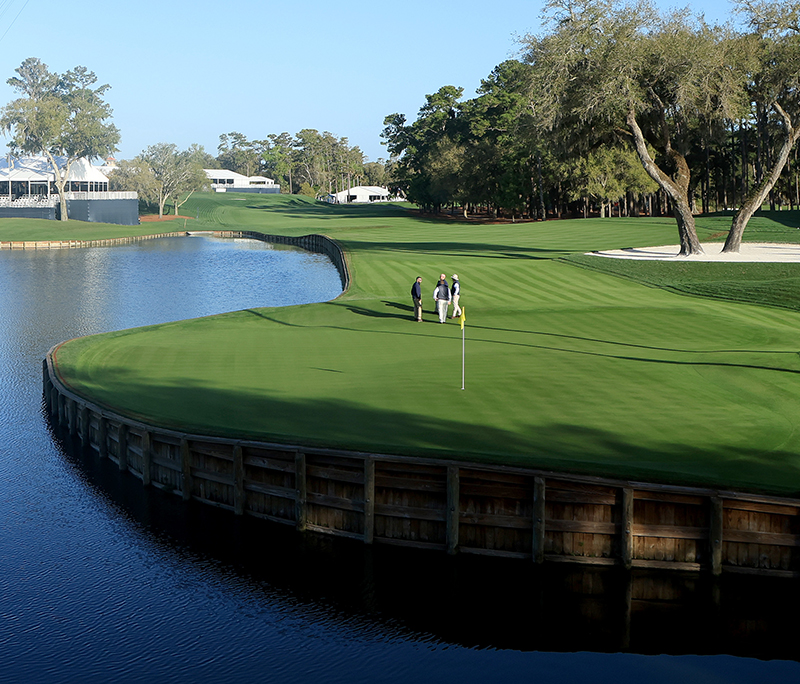
The dramatic par-5 16th at TPC Sawgrass
Drivable Par 4 – Says Jeremy Ellwood
How is a short par 4 that you could just about drive in certain conditions, or if you hit your Sunday best, really any different to a par 5 you can reach in two, when the potential positives are the same – that rare opportunity for either an eagle or a two-putt birdie? Well, to achieve this feat on a par 4 you only have to hit that near-perfect shot once, whereas a reachable par 5 demands two consecutive pearlers. Most of us achieve such highs considerably less often than we would care to admit.
The drivable par 4 is golf’s one-off chance for glory, and despite the game’s best golfers constantly telling us how important it is to stay in the present, it’s almost impossible to not start thinking about such a hole as it draws closer. “Okay, not the start I wanted, but the 7th is downwind so I should get something back there.” Wise or otherwise, those thoughts are there.
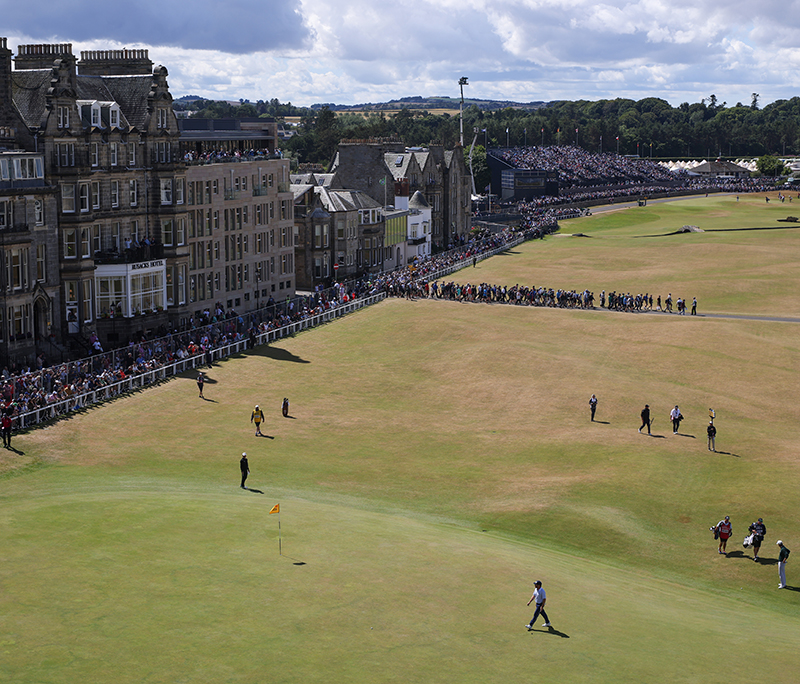
The par-4 18th on St Andrews' Old Course
It was just that way for me when I reached the 7th at Elie on the Fife coast in March 2020, playing pretty much my last game before lockdown one. It’s a relatively straight-away hole measuring just 252 yards and it was strongly downwind. I had eagle on my mind after a stuttering start.
Ten minutes later, I was marking eagle down on the card, too, after knocking it to 20ft and holing it. And here’s the thing – that was two-and-a-half years ago and I can still remember everything about that shot, while no other shots from that round have lodged in the memory to any discernible degree.
Should every course have a drivable par 4? I believe so, because while there are many holes where par is a very good score for most, isn’t it nice to also have some where you stand on the tee and think, “Just one great shot…”

Jeremy Ellwood has worked in the golf industry since 1993 and for Golf Monthly since 2002 when he started out as equipment editor. He is now a freelance journalist writing mainly for Golf Monthly. He is an expert on the Rules of Golf having qualified through an R&A course to become a golf referee. He is a senior panelist for Golf Monthly's Top 100 UK & Ireland Course Rankings and has played all of the Top 100 plus 91 of the Next 100, making him well-qualified when it comes to assessing and comparing our premier golf courses. He has now played 1,000 golf courses worldwide in 35 countries, from the humblest of nine-holers in the Scottish Highlands to the very grandest of international golf resorts. He reached the 1,000 mark on his 60th birthday in October 2023 on Vale do Lobo's Ocean course. Put him on a links course anywhere and he will be blissfully content.
Jezz can be contacted via Twitter - @JezzEllwoodGolf
Jeremy is currently playing...
Driver: Ping G425 LST 10.5˚ (draw setting), Mitsubishi Tensei AV Orange 55 S shaft
3 wood: Srixon ZX, EvenFlow Riptide 6.0 S 50g shaft
Hybrid: Ping G425 17˚, Mitsubishi Tensei CK Pro Orange 80 S shaft
Irons 3- to 8-iron: Ping i525, True Temper Dynamic Gold 105 R300 shafts
Irons 9-iron and PW: Honma TWorld TW747Vx, Nippon NS Pro regular shaft
Wedges: Ping Glide 4.0 50˚ and 54˚, 12˚ bounce, True Temper Dynamic Gold 105 R300 shafts
Putter: Kramski HPP 325
Ball: Any premium ball I can find in a charity shop or similar (or out on the course!)
-
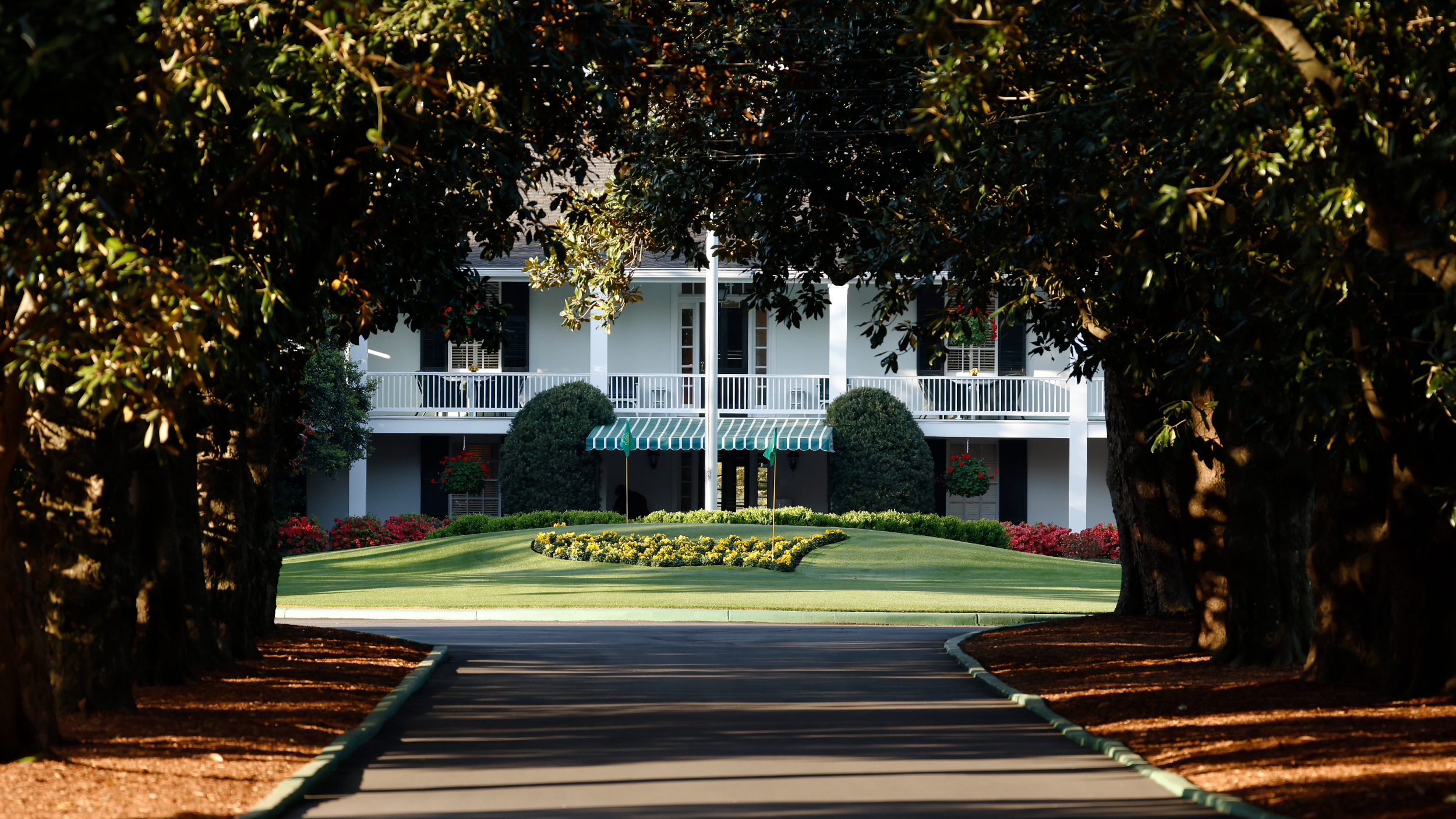 What You Get For Finishing Second At The Masters
What You Get For Finishing Second At The MastersFinishing runner-up at The Masters is sure to bring disappointment, but there are plenty of reasons for the player who misses out to be cheerful too – here are the details
By Mike Hall Published
-
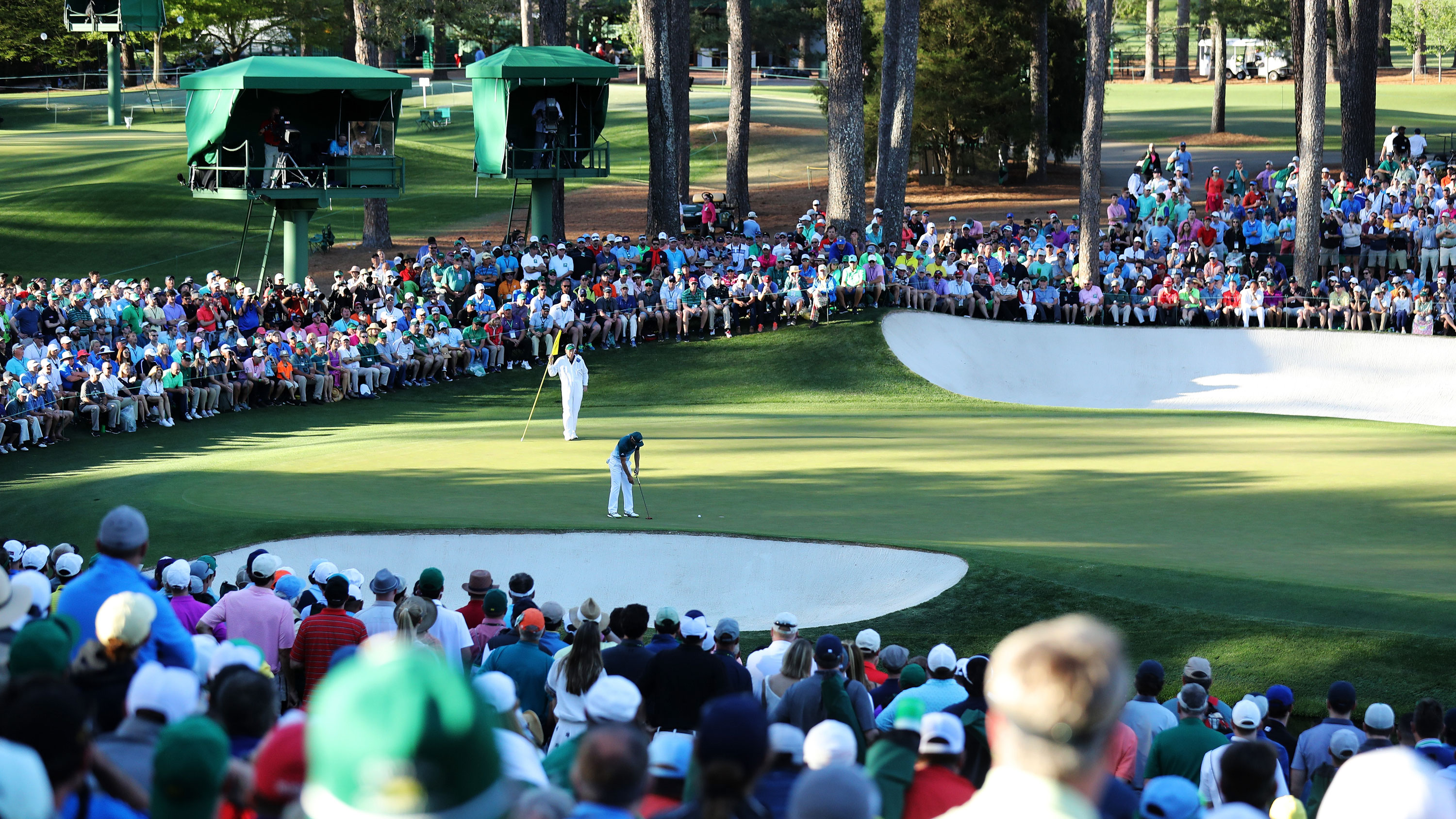 Dear Masters Tournament Committee: Please Change The Final-Round Pin Positions On 16 And 18
Dear Masters Tournament Committee: Please Change The Final-Round Pin Positions On 16 And 18The back nine at Augusta National on Masters Sunday is scintillating, but I’ve been campaigning for different pin positions on 16 and 18 for years...
By Nick Bonfield Published
-
 ‘I Want To Play Golf, But…’ - The Women Redefining Golf On Their Own Terms
‘I Want To Play Golf, But…’ - The Women Redefining Golf On Their Own TermsTo coincide with #AccelerateAction, the theme for International Women's Day, we highlight the way female golfers are driving change
By Alison Root Published
-
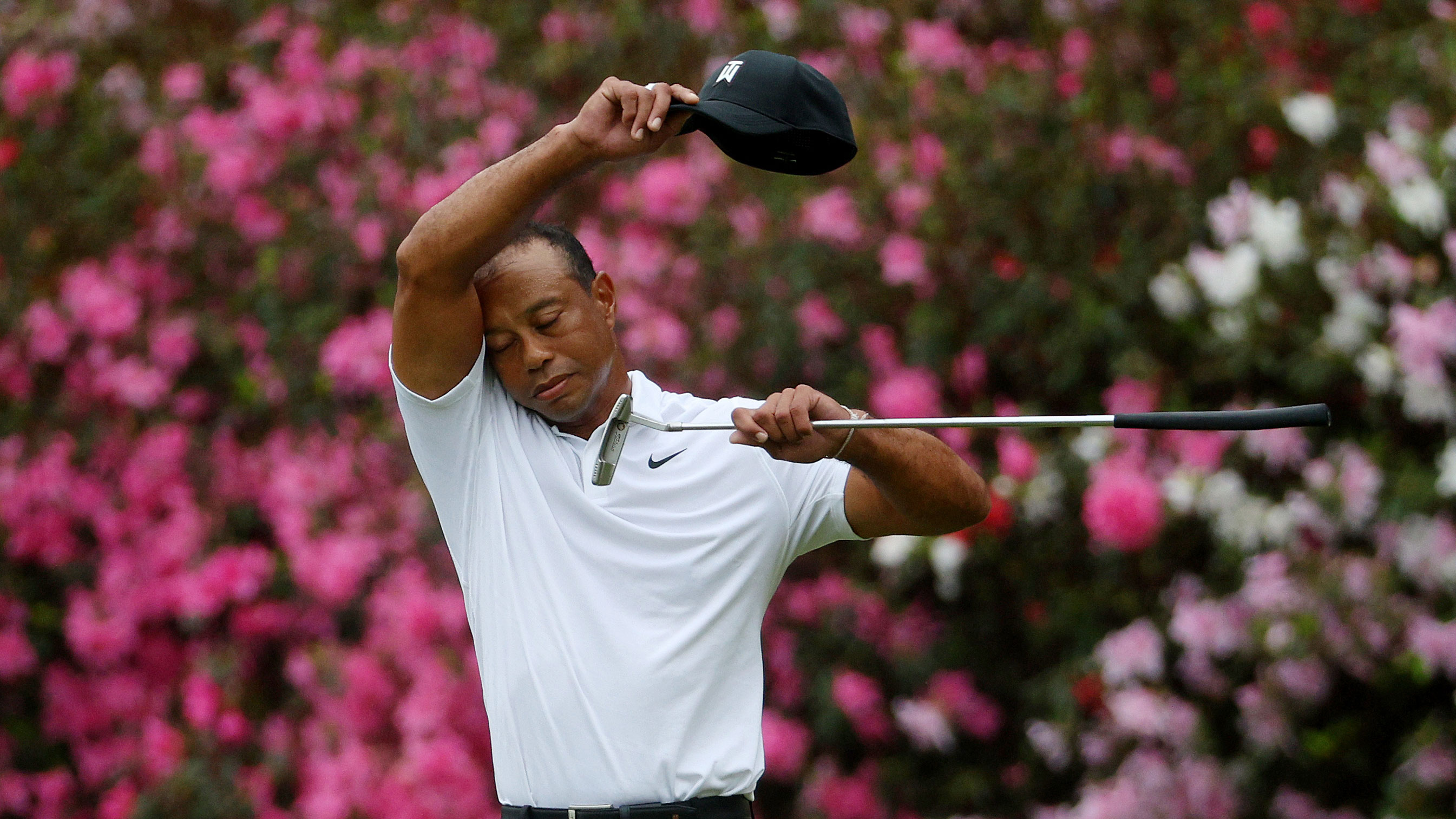 'He Nearly Fresh Aired It. It Came Off The Heel And Almost Hit His Foot' – Legendary Caddie Recalls The Worst Shots He's Ever Seen Tiger Woods Hit
'He Nearly Fresh Aired It. It Came Off The Heel And Almost Hit His Foot' – Legendary Caddie Recalls The Worst Shots He's Ever Seen Tiger Woods HitThe 19th Uncut podcast co-host and legendary caddie Billy Foster looks back on two shots that Tiger Woods will want to forget..
By Mark Townsend Published
-
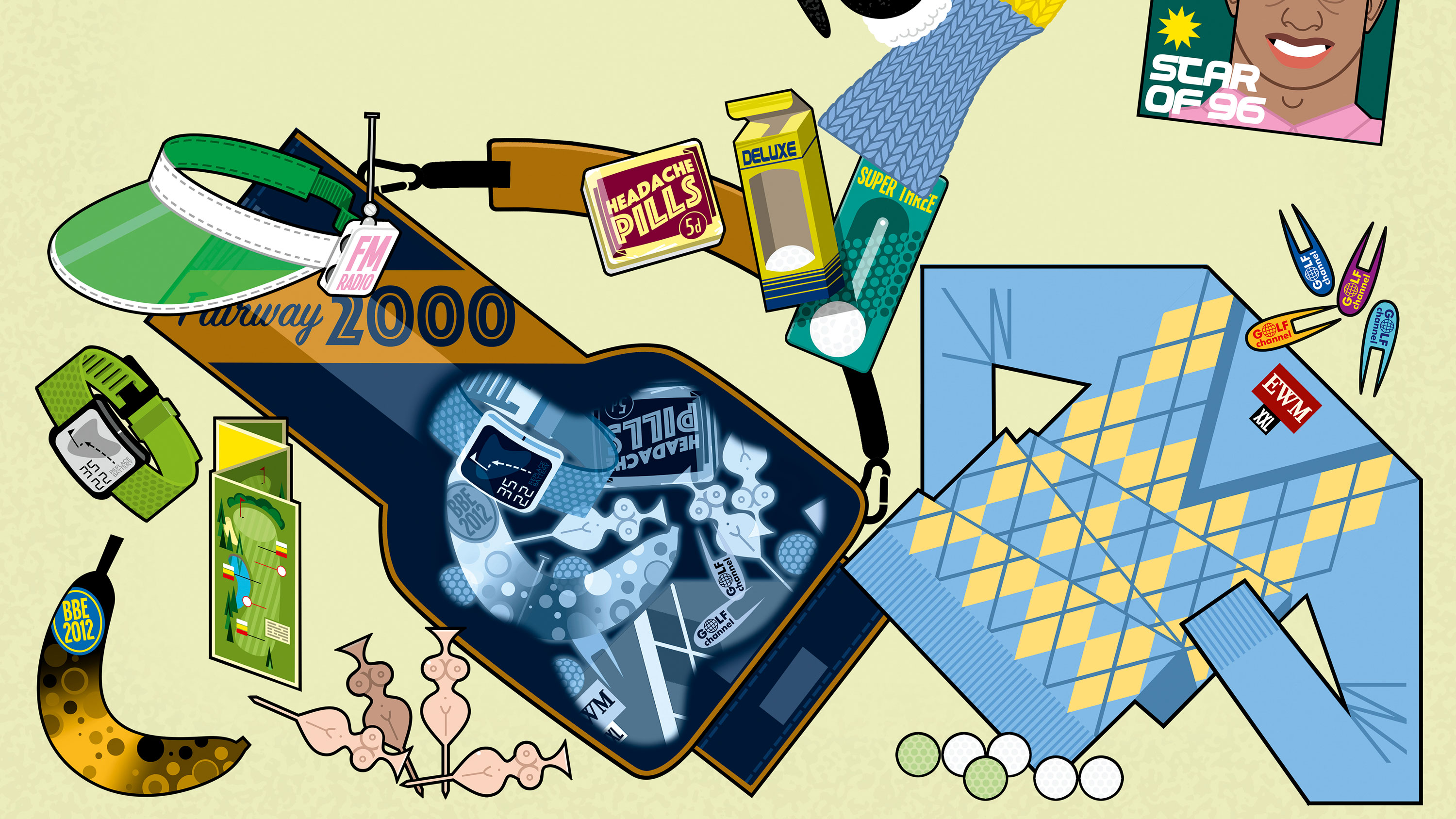 What Lies Beneath? The 8 Items You’re Likely To Find Buried In Golfers’ Bags
What Lies Beneath? The 8 Items You’re Likely To Find Buried In Golfers’ BagsGolf bags are home to balls, clubs and valuables, but there’s typically much more lurking in the depths that hasn’t seen the light of day in months or even years…
By Nick Bonfield Published
-
 'I Didn't Think I'd Walk Again... Now I Can't Think Of My Life Without Golf'
'I Didn't Think I'd Walk Again... Now I Can't Think Of My Life Without Golf'Double amputee Kushal Limbu recounts the day in Afghanistan that changed his life and tells how golf has been an integral part of his rehabilitation...
By Jeremy Ellwood Published
-
 I Missed My Golf Club Membership So Badly (For Reasons That Might Surprise You) But I'm So Glad I've Rejoined...
I Missed My Golf Club Membership So Badly (For Reasons That Might Surprise You) But I'm So Glad I've Rejoined...Our Women's Editor Alison Root has rejoined a golf club and believes it is one of the best decisions she has ever made
By Alison Root Published
-
 'I Became The Middleman, Players Would Sometimes Come To Me First' - Solheim Cup Player Anna Nordqvist On Her Dual Role
'I Became The Middleman, Players Would Sometimes Come To Me First' - Solheim Cup Player Anna Nordqvist On Her Dual RoleWe sat down with Anna Nordqvist as she prepares for her 9th Solheim Cup appearance and a second time as playing-assistant captain
By Alison Root Published
-
 Another Exciting Spectacle Of Golf Is Set To Unfold... Our In-Depth Preview Of The Solheim Cup
Another Exciting Spectacle Of Golf Is Set To Unfold... Our In-Depth Preview Of The Solheim CupWhat can we expect from the 19th edition of the Solheim Cup?
By Alison Root Published
-
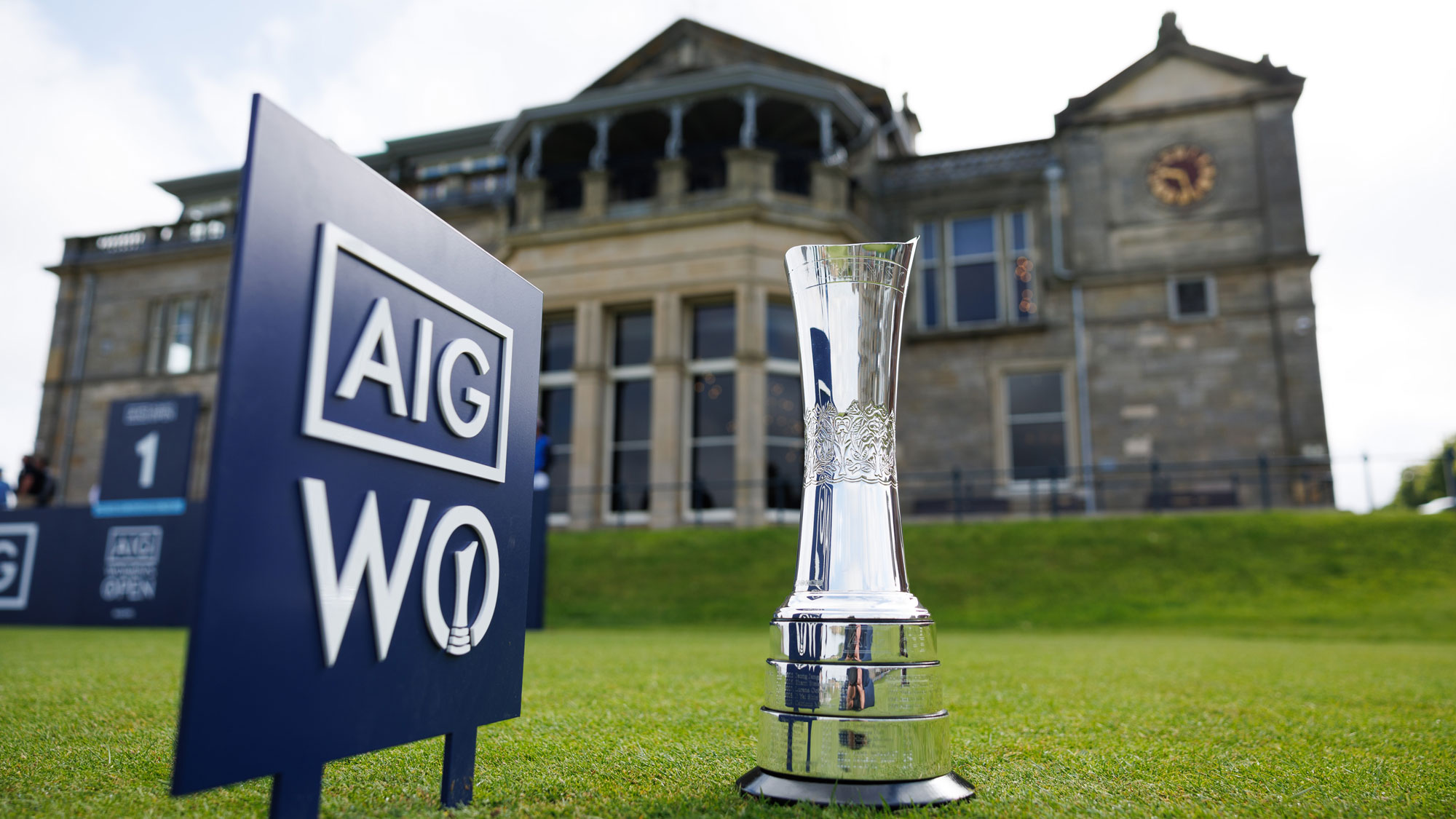 An In-Depth Preview To The AIG Women's Open, The Major Everyone Wants To Win....
An In-Depth Preview To The AIG Women's Open, The Major Everyone Wants To Win....Who will lift the coveted AIG Women's Open trophy? Reflection and predictions for the final women's Major of the year
By Alison Root Published
